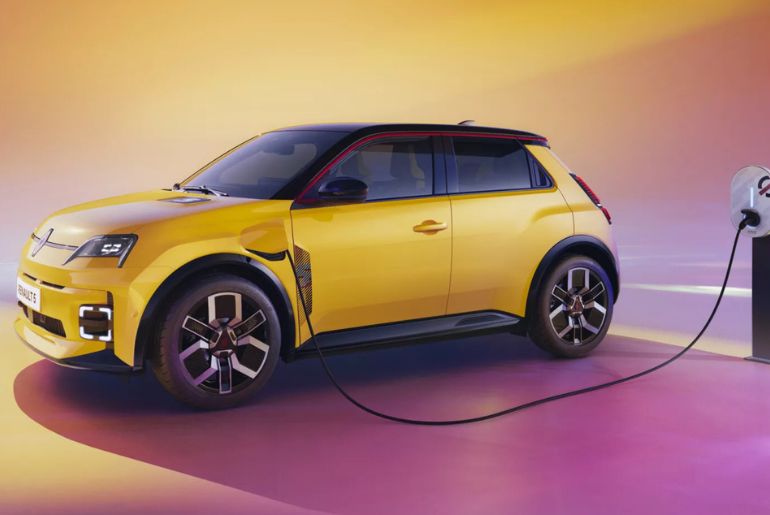According to recent International Energy Agency (IEA) research, more than one in four cars manufactured globally in 2025 are anticipated to be electric vehicles (EVs). Furthermore, by 2030, EVs may account for more than 40% of all automobile sales worldwide if current trends continue.
Despite some setbacks, the electric vehicle market is still growing, according to the IEA’s Global EV Outlook 2025 report, which was published today. EV sales reached a record 17 million in 2024, surpassing 20% of the global market share for the first time, despite economic difficulties in the car industry. Early in 2025, this pace continued, as EV sales increased 35% year over year in the first quarter. Q1 figures were record-breaking in all major markets.
China is still far ahead in the battle for electric vehicles. In 2024, almost half of the vehicles sold there were electric. That’s more than 11 million EVs, which is more than the world sold two years ago. In emerging markets in Asia and Latin America, where sales increased by over 60% last year, EV adoption is also increasing.
Electric vehicles currently account for more than 10% of all new car sales in the US, where sales of EVs increased by roughly 10% annually. In the meantime, EV sales in Europe plateaued. The continent’s market share remained stable at about 20% as government incentives began to decline.
According to IEA executive director Fatih Birol, “Our data shows that, despite significant uncertainties, electric cars remain on a strong growth trajectory globally.” “Sales are still breaking records, which has significant ramifications for the global auto industry.”
Reduced costs are one of the primary motivators. In 2024, the average price of a battery-electric vehicle decreased as a result of heightened competition and declining battery costs. Even without subsidies, two-thirds of EVs sold in China last year were less expensive than their gas-powered equivalents. However, EVs are still more expensive up front in places like the US and Germany, where they are about 30% more expensive and 20% more expensive, respectively.
Nevertheless, in terms of running expenses, EVs are superior. In Europe, charging and operating an EV at home is still roughly half as expensive as driving a gas-powered vehicle, even if oil prices fall to $40 per barrel.
The growing significance of Chinese EV exports is also mentioned in the paper. Last year, around 20% of all EVs sold worldwide were imported. In 2024, 1.25 million EVs were exported from China, which manufactures more than 70% of the global supply. Prices in emerging markets have decreased as a result of these exports.
And the trend isn’t limited to electric vehicles. Sales of electric trucks increased by 80% worldwide last year, accounting for over 2% of the truck market. The majority of that rise was in China, where, despite their greater initial cost, certain heavy-duty electric trucks are currently less expensive to operate than diesel.

